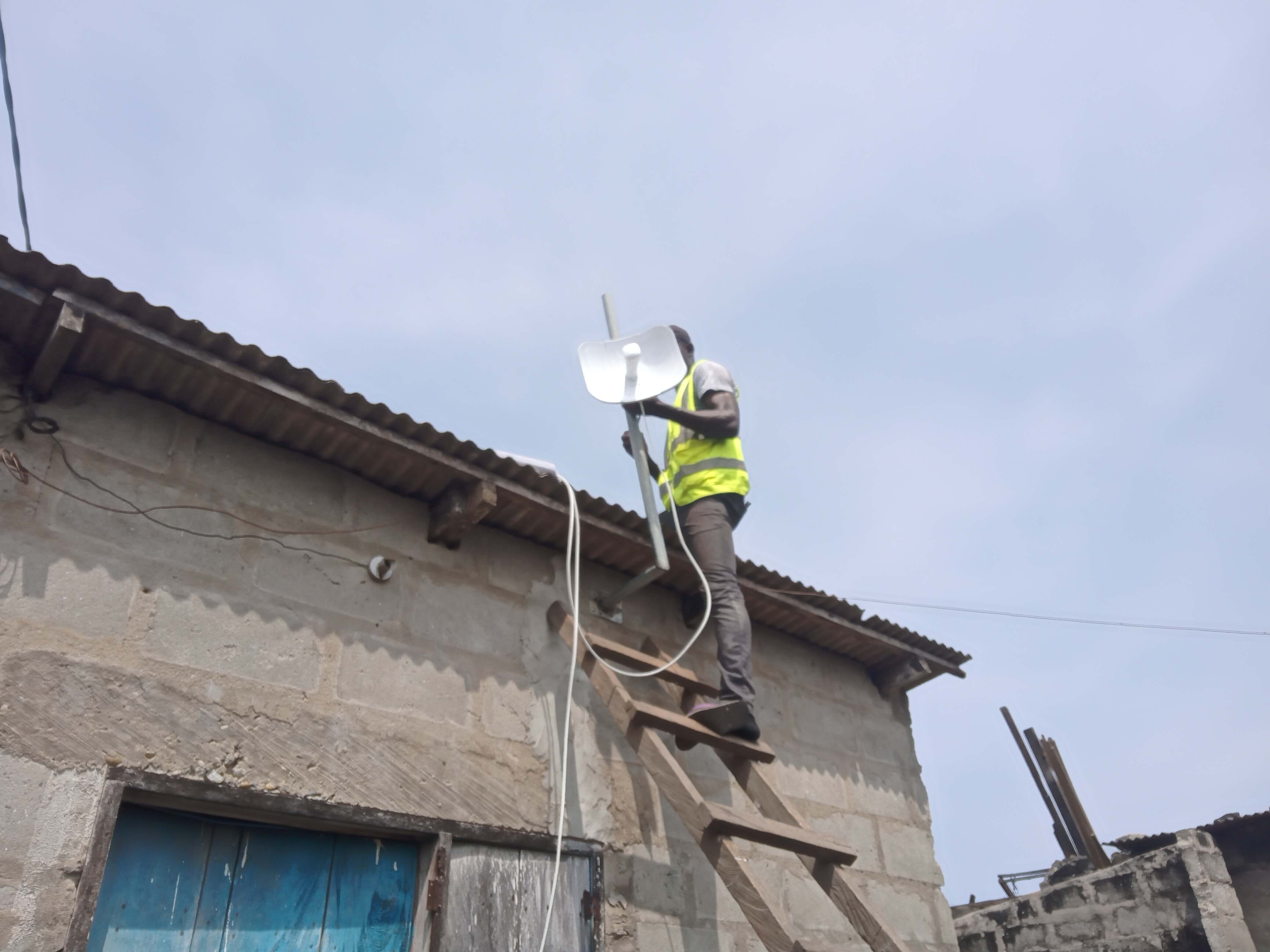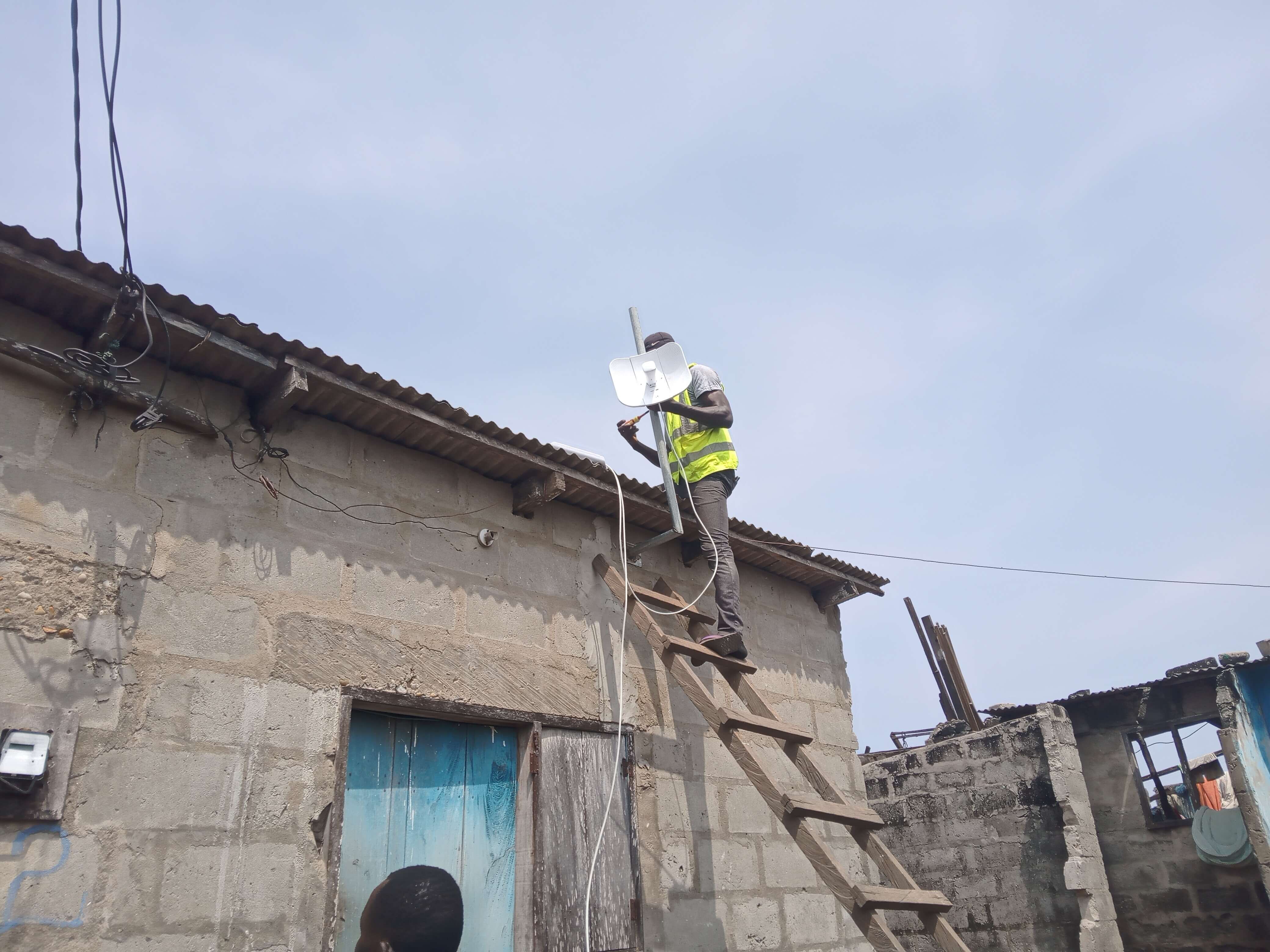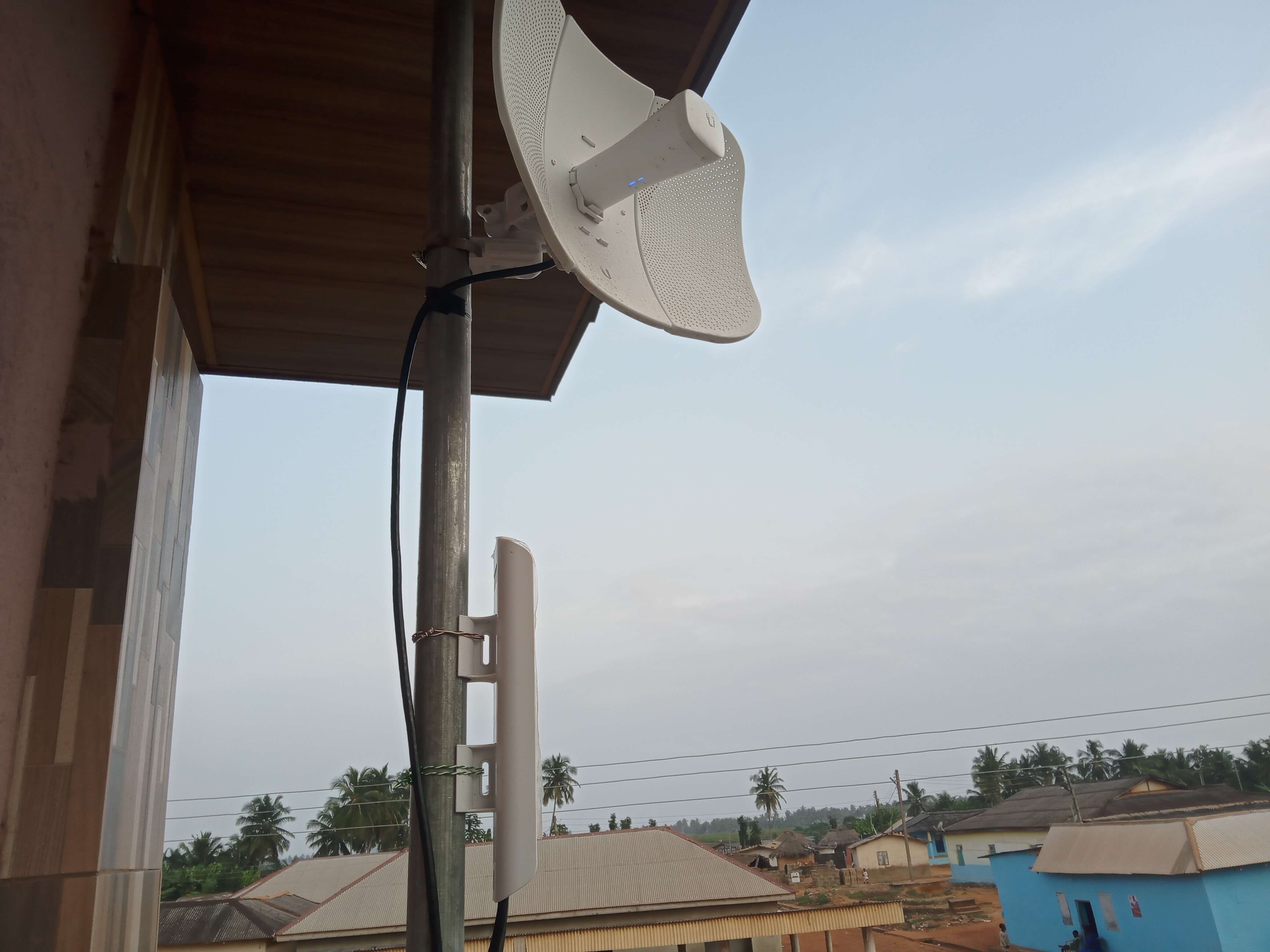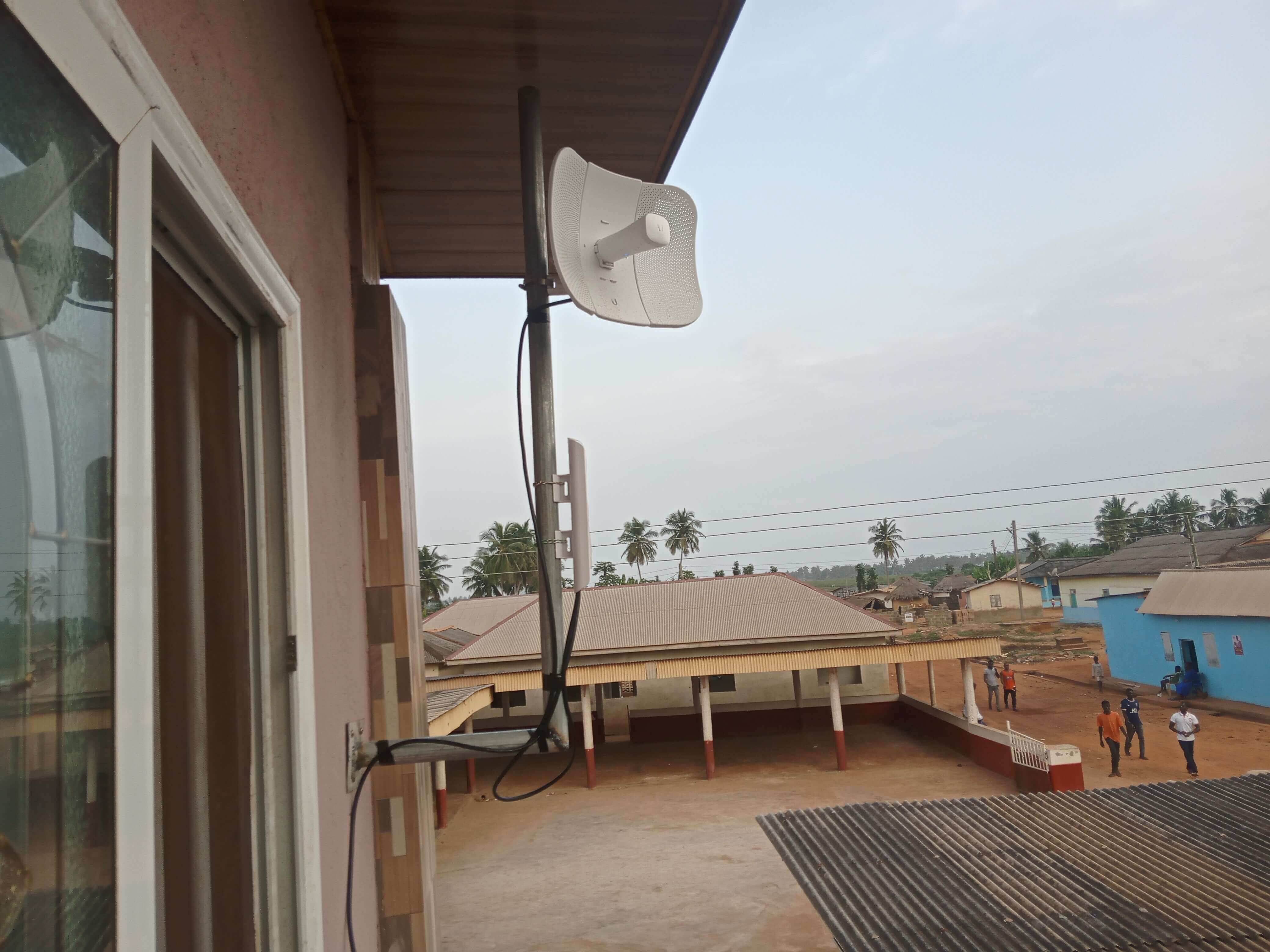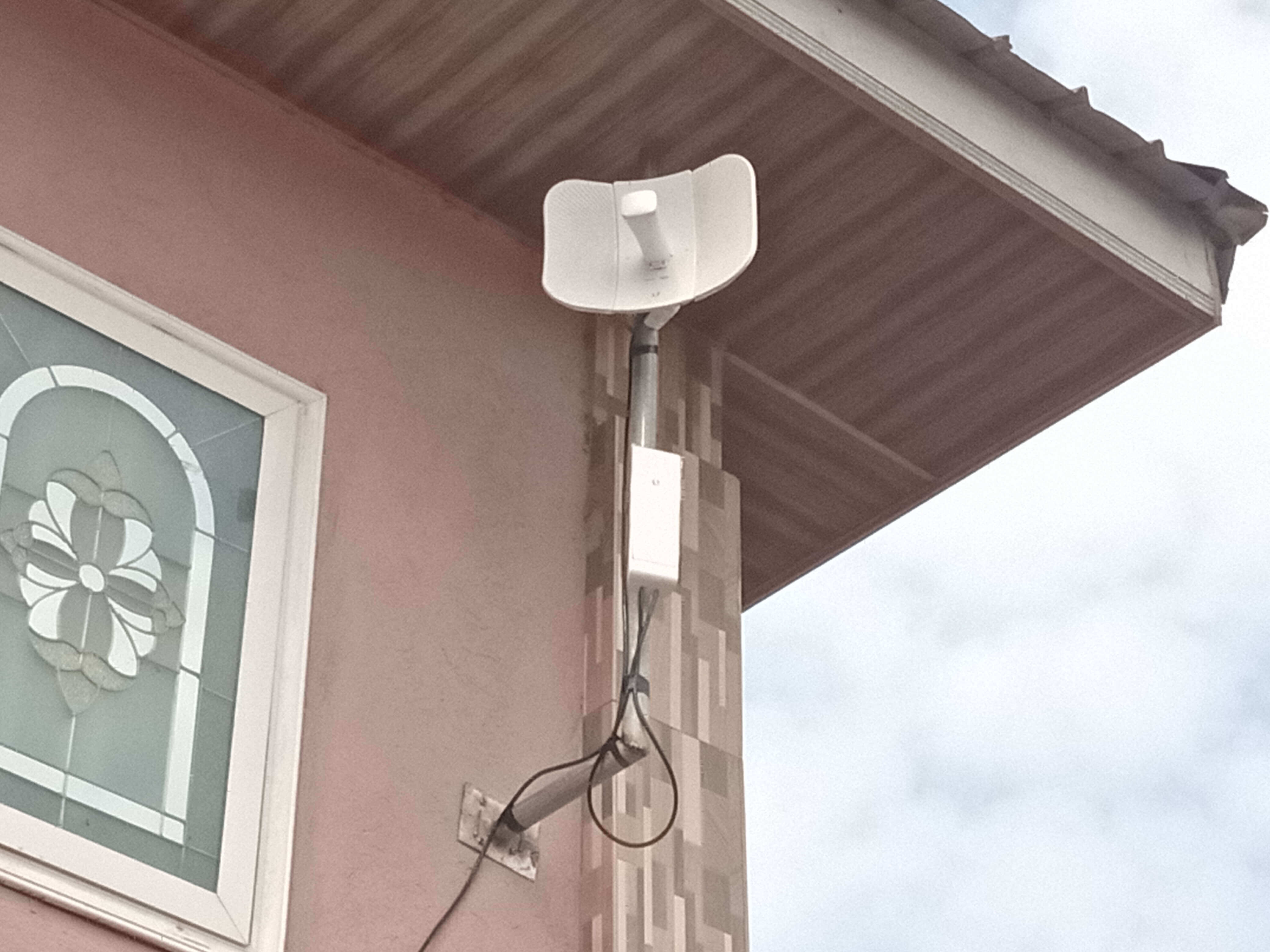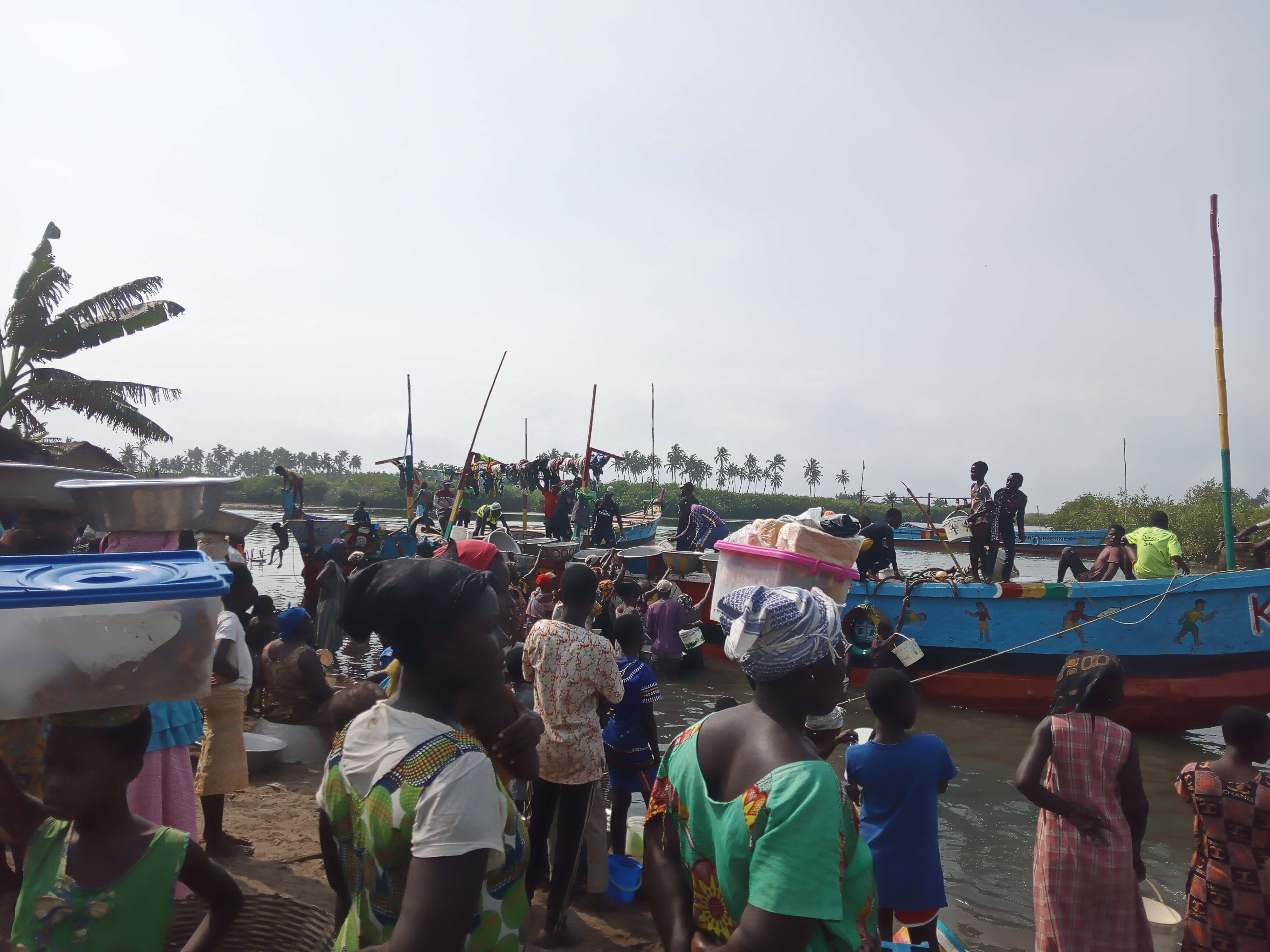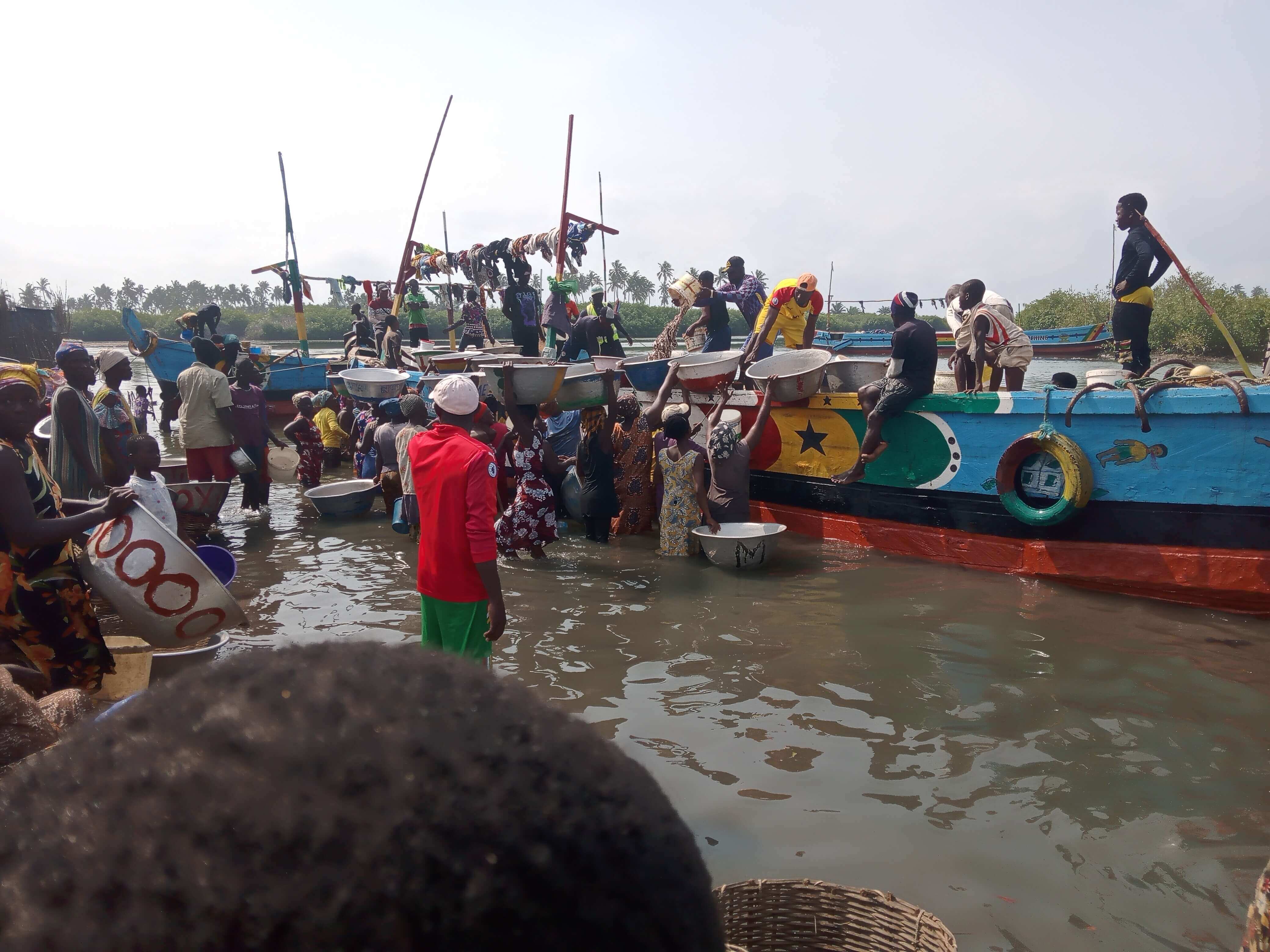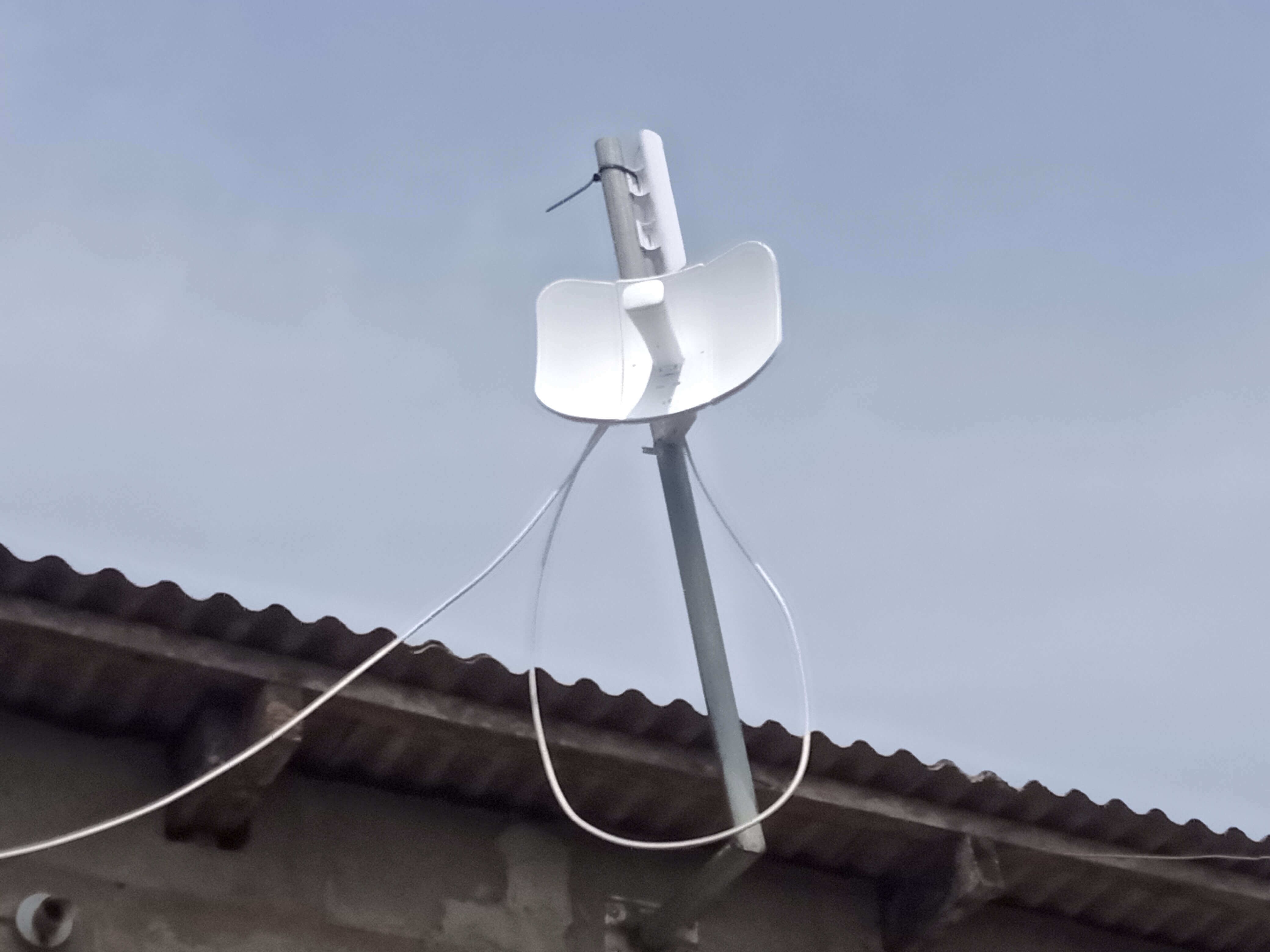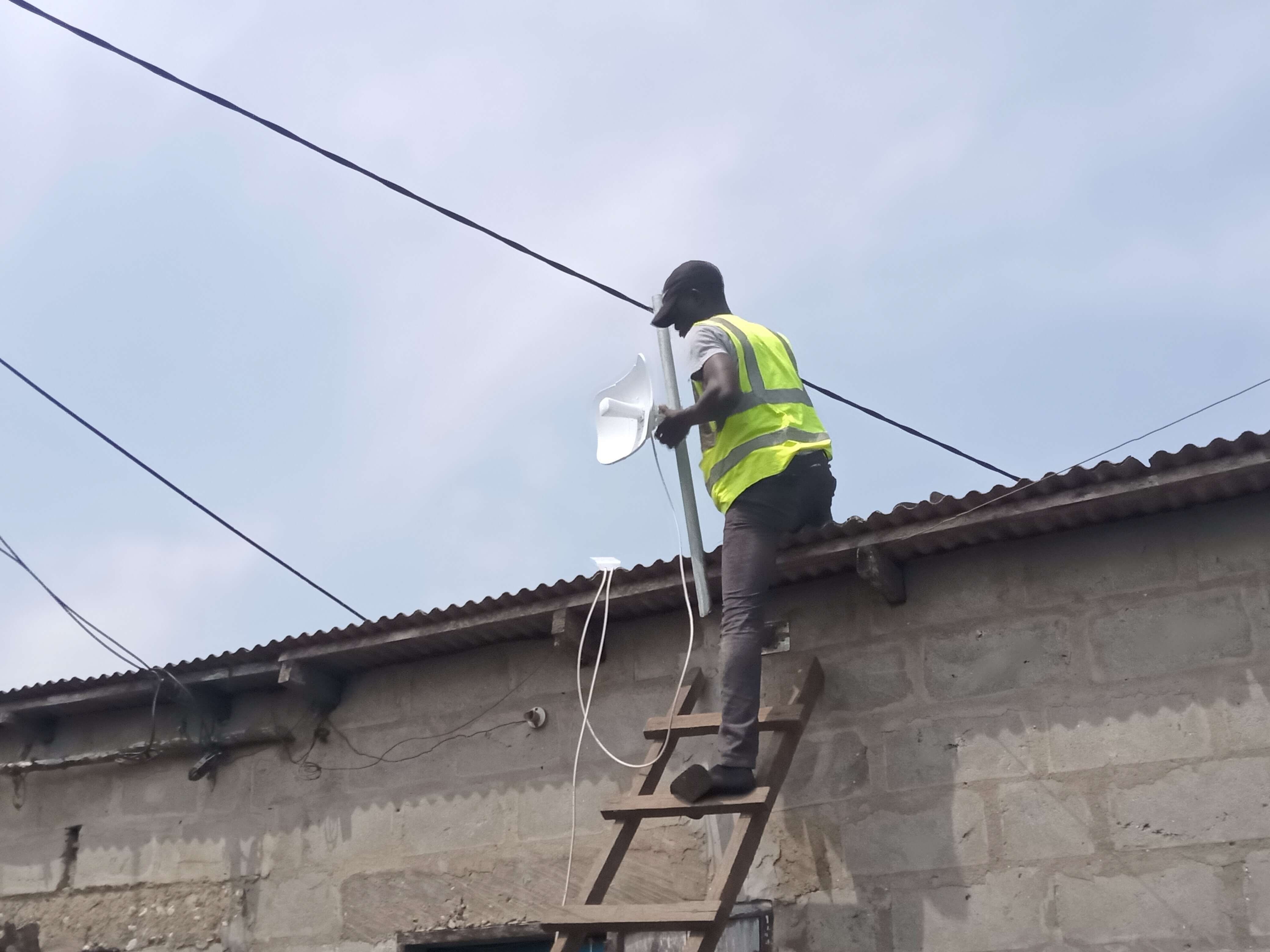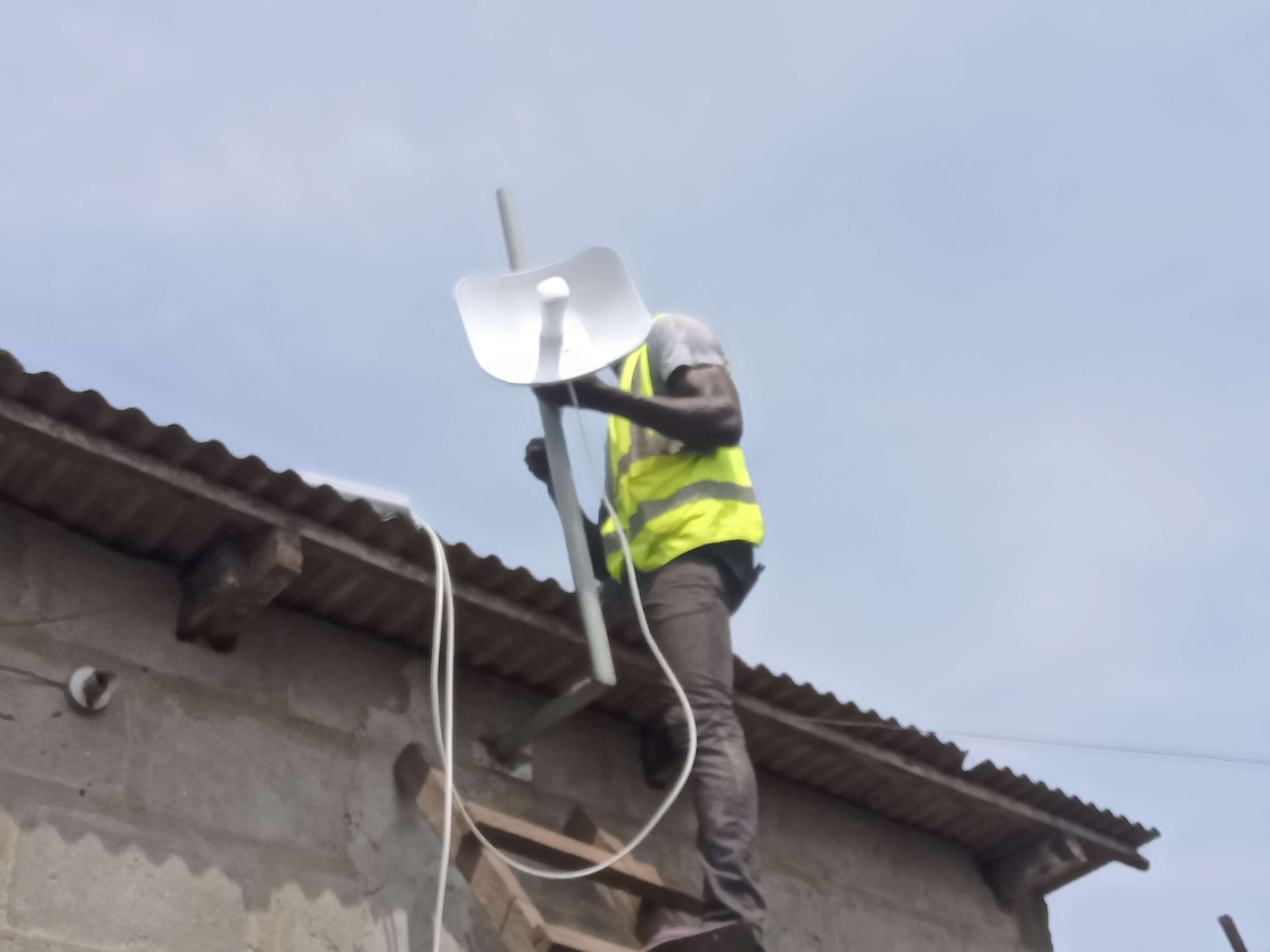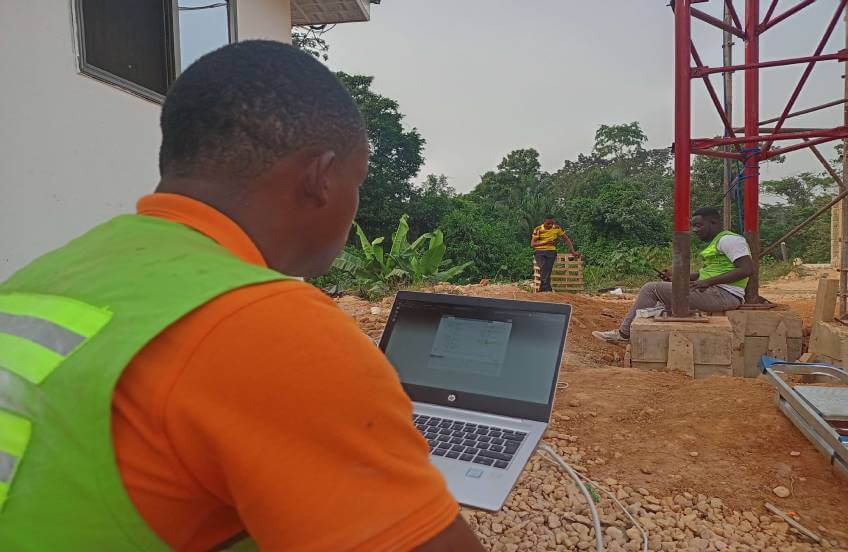Cause
- Home
- Kuntu Community Network
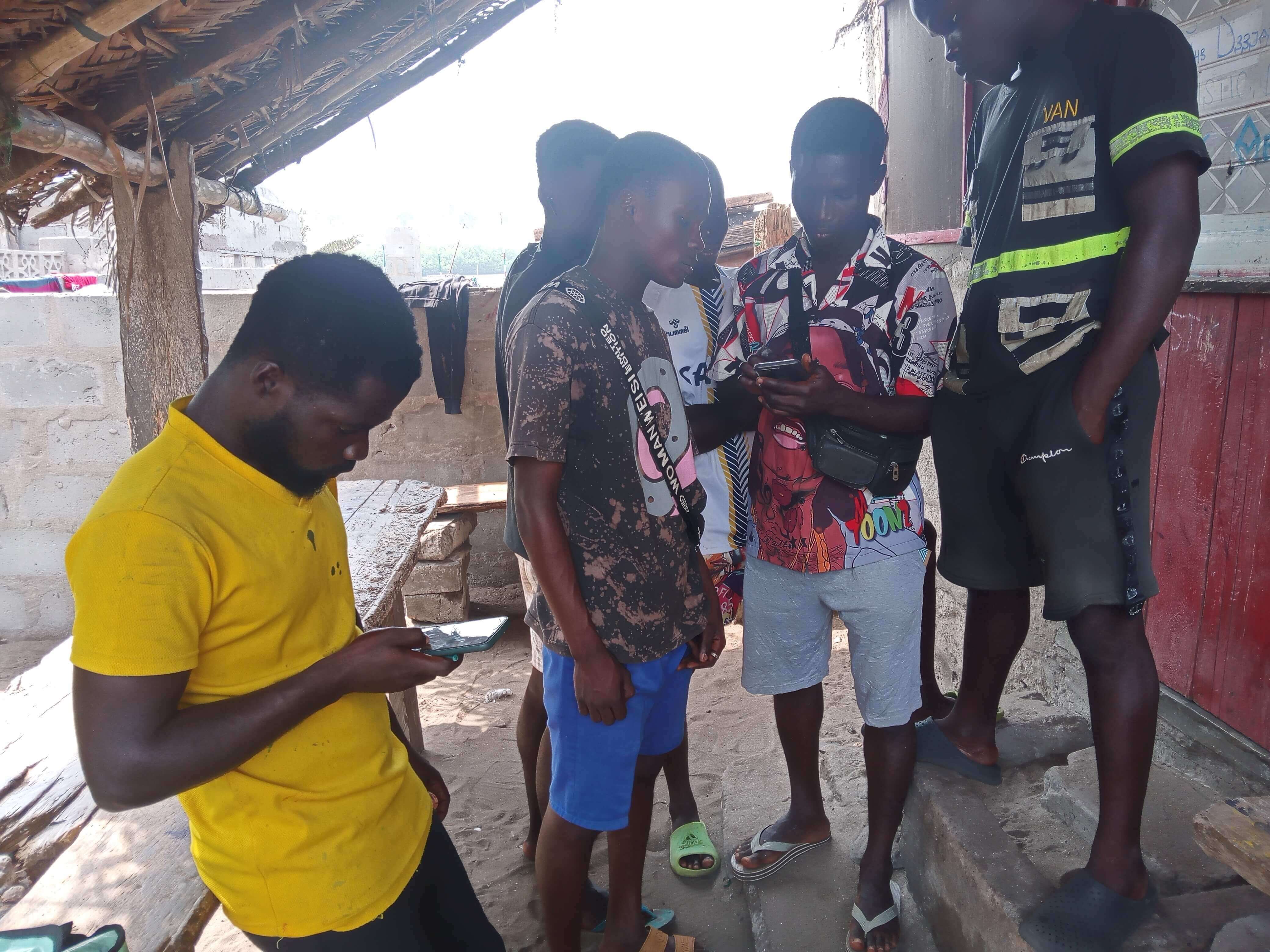
Introduction
The internet has become one of the most important tools for economic development and social inclusion in recent times. Its relevance has become more profound in the wake of the Covid-19 pandemic that has virtually brought the world to a halt. Increasingly, almost every business and social activity is going online making access to connectivity a critical issue. Ghana is no exception to this trend however; the extensive connectivity gaps is serving as a barrier towards the utilization of technology for economic and social advancement. The Central Region of Ghana is noted for having several communities including very vibrant areas like Nkusukum traditional communities that are digitally unconnected. The cost of running commercial enterprises are increasingly becoming more costly and uncompetitive, some social services are gradually becoming inaccessible and cost of living is generally becoming uncomfortable all due to the non-reliable and expensive cost of digital resources which support the delivery of these services. It is very obvious that without any immediate intervention, the community and adjoining communities may continue to wallow in abject poverty with debilitating consequences on the local economy in particular and ultimately, the national economy. It is for this reason that this project has been conceived with the view of extending connectivity to the Nkusukum traditional communities.
Project Brief
The Kuntu Community Network project is aimed at providing affordable and easy access to the internet in all parts of the Nkusukum traditional communities. It serves all the public, private and households with their digital needs. The project installed transmission devices in the community to provide wireless internet to members of the communities. It also promotes the use and appropriation of ICT in Nkusukum traditional communities by means of initiatives from the various actors in the communities i.e. the governmental sector, the civil society, and the private sector.
Project Objectives
Primarily, the project seeks to broadly extend connectivity to Nkusukum traditional communities and possibly its environs. Specifically, the project seeks to achieve these objectives:
- Provide dedicated internet service
- Provide Virtual Learning System
- Provide digital literacy skills
Partners
Change of Heart Foundation is an NGO that helps communities in its development, such as school programs to improve daily living. They focus on technology programs to install an internet hub to help educate the community of Kuntu, Saltpond in the central region. The organization was established in 2016 in Ghana.
Implementation Details
The network is completely wireless. We standardized on Ubiquiti network equipment, with a little bit of other hardware like TP-Link and D-Link.
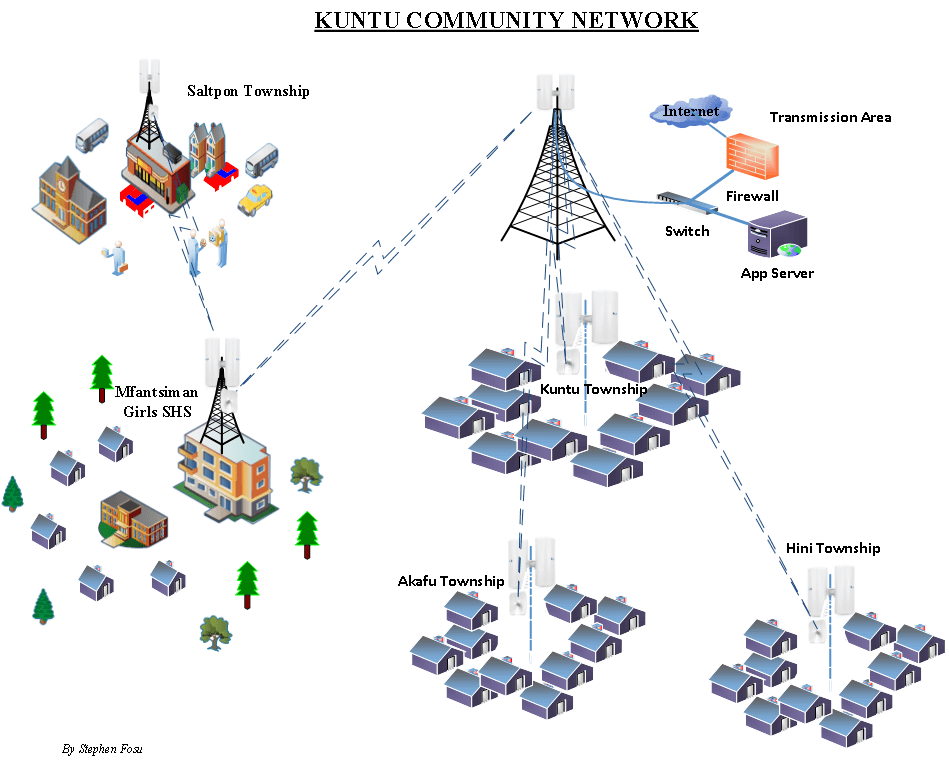
A digital map of the network is designed using Microsoft Visio
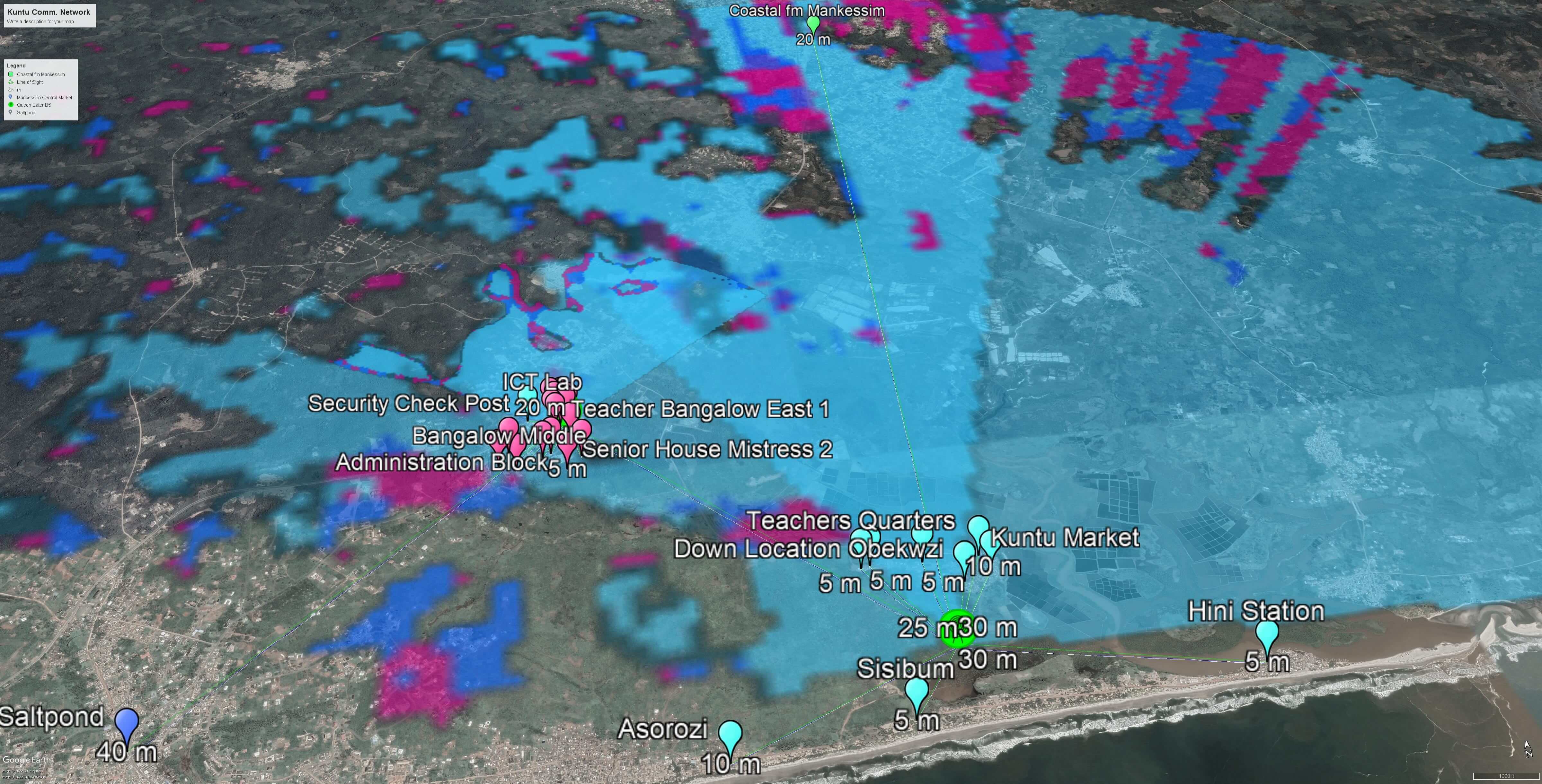
A digital map of the network is designed using Google earth.
Internet Connection
The network required dedicated internet. The connection is solely devoted to the project use. The connection is typically delivered via a Vodafone Cambium ePMP Force 300-19R Point-to-Point Radio. This is to have a stable connection to the internet and higher bandwidth.
The Spectrum
Community Network Design with 2.4 GHz and 5 GHz Frequency Bands
Kuntu Community Network design, emphasizes the strategic use of the 2.4 GHz and 5 GHz frequency bands. These frequency bands play a crucial role in delivering reliable, high-speed wireless connectivity to the Kuntu Community Network.
Physical Network
The physical network starts at the top of the radio mast at Kuntu Basic J.H.S on the Vodafone Cambium ePMP Force 300-19R Point-to-Point Radio. From the Vodafone Cambium ePMP Force 300-19R, an outdoor Cat6 patched cable goes down the transmission room to a server rack, into a gigabit port on the pfsense firewall server.

The Vodafone Cambium ePMP Force 300-19R at Kuntu Base Station
From another gigabit port on the pfsense firewall server, we connect to D-Link 16-Port Gigabit Switch (DGS-1016D) using an outdoor Cat6 patched cable, connected to this switch are the wireless radio antennas.
There are three (3) other outdoor Cat6 patched cables that leave the switch in the transmission room and goes up to the top of the radio mast.
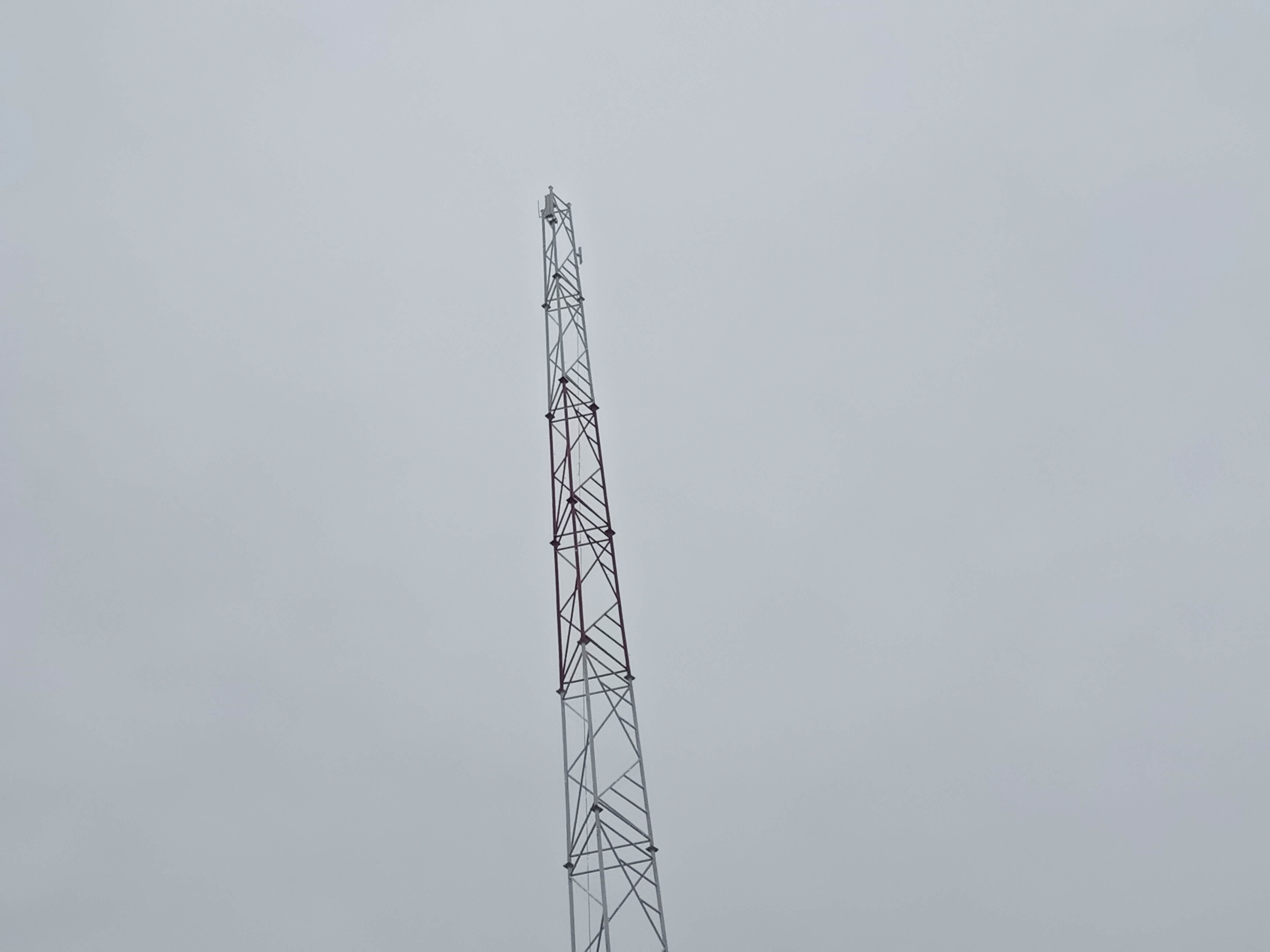
Base Station at Kuntu Basic J.H.S
At the top of the mast are three (3) radio antennas. Two (2) Ubiquiti Rocket Prism 5AC-Gen2 5GHz fixed together with Ubiquiti airMAX (AM-5G19-120) a 120-degree sector antenna and one LiteAP AC 5GHz, 16dBi 120. The two (2) Ubiquiti Rocket Prism 5AC-Gen2 5GHz fixed together with Ubiquiti airMAX (AM-5G19-120) a 120-degree sector antenna enabled propagate the 240-degree wireless signal to both Saltpond and Mankessim communities. The two (2) Ubiquiti Rocket Prism 5AC-Gen2 5GHz fixed together with Ubiquiti airMAX (AM-5G19-120) a 120-degree sector antenna are configured as an Access Point (AP) for Point-To-Multipoint (PTMP) to organizations, schools, and households and nearby communities. The LiteAP AC 5GHz, 16dBi 120 was configured as an Access Point (AP) for Point-To-Multipoint (PTMP) to Kuntu and Hinii Township. This entire network equipment is powered by LightWave 3000 VA UPS.
In Kuntu Township, we mounted pole with LiteBeam 5AC-Gen2 5GHz configured as Station mode at the Chief’s palace and link directly to the main transmission site through Point-To-Point means. From here an outdoor Cat6 patched cable goes to a passive PoE (Power of Ethernet) LAN port on NanaStation M2. The NanoStation which is also attached to the pole is configured as an Access Point to enable propagate the open wireless signal (internet) to the community or public. An outdoor Cat6 patched cable goes down from the NanoStattion to a PoE (Power of Ethernet) adaptor.
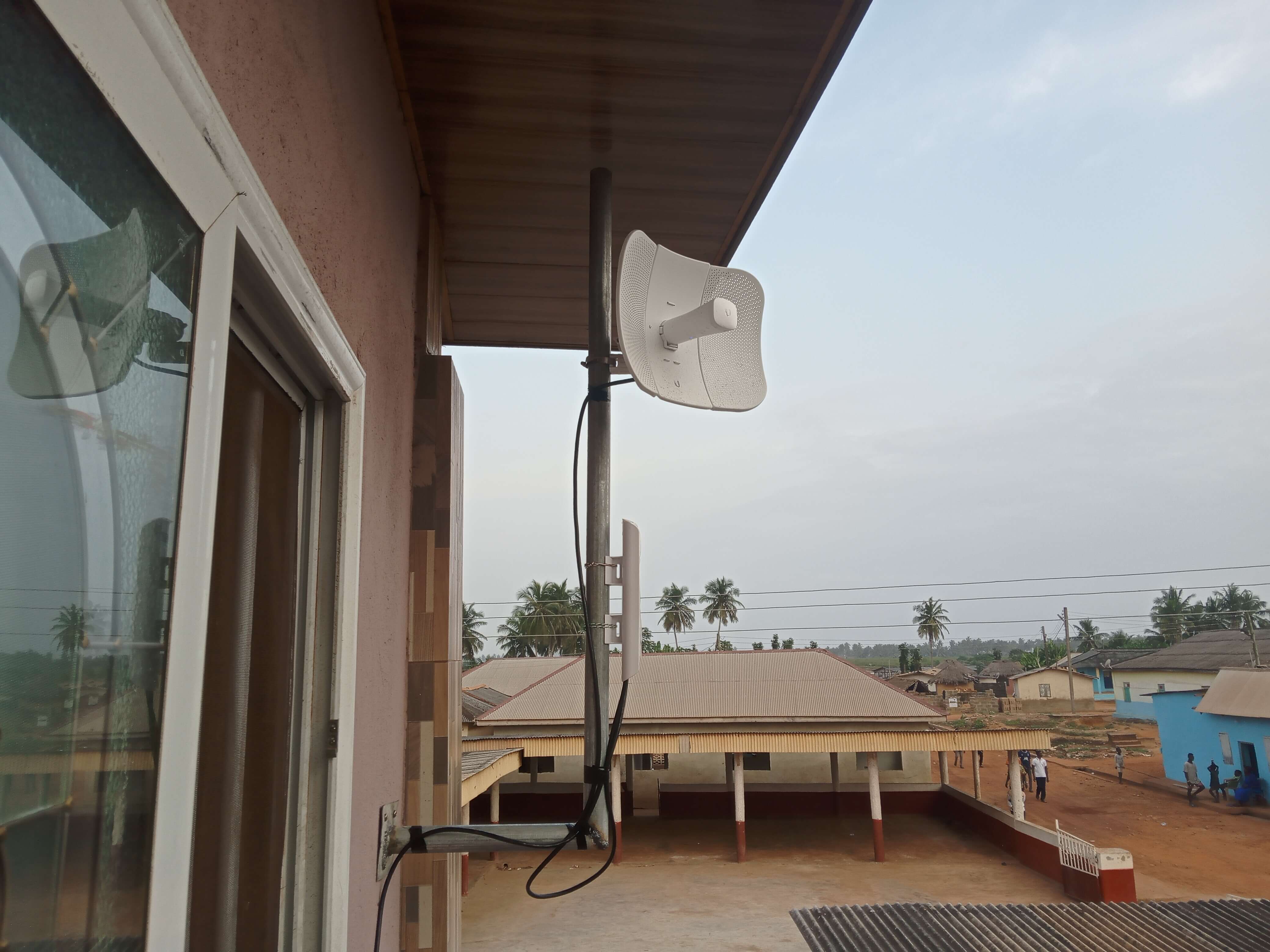
Kuntu Chief’s palace Relay Point
In Hinii Township, we mounted pole with LiteBeam 5AC-Gen2 5GHz configured as Station mode at the Information Center and link directly to the main transmission site through Point-To-Point means. From here an outdoor Cat6 patched cable goes to a passive PoE (Power of Ethernet) LAN port on NanaStation M2. The NanoStation which is also attached to the pole is configured as an Access Point to enable propagate the open wireless signal (internet) to the community or public. An outdoor Cat6 patched cable goes down from the NanoStattion to a PoE (Power of Ethernet) adaptor.
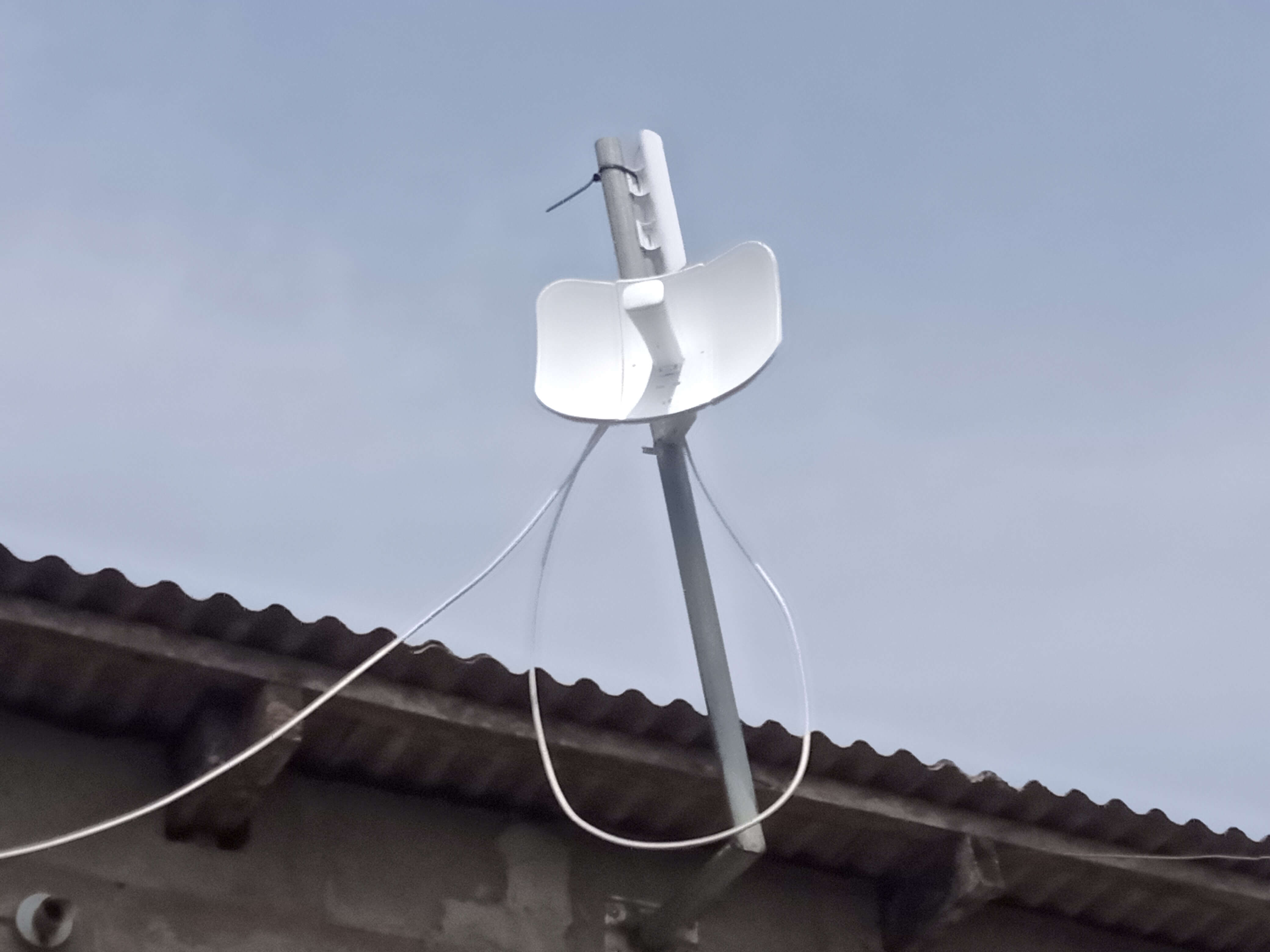
Henii Information Center Relay Point
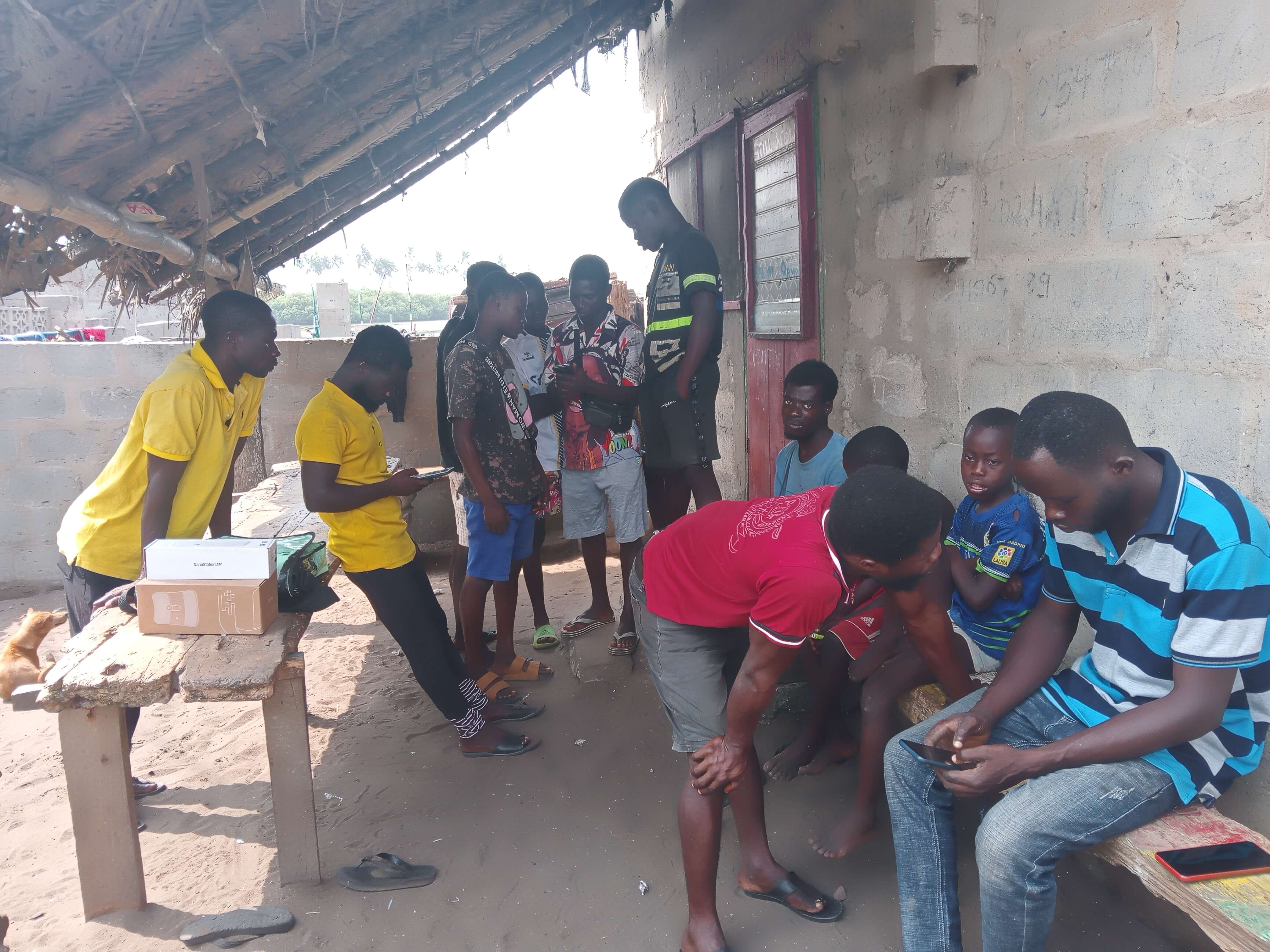
Users in both Kuntu and Hinii communities connecting to the Kuntu Community Network.
Local Contents
Additionally, Step Network developed local content for the Kuntu Community Network. The following local content was uploaded on the Kuntu local server.
Payment App
To ensure financial sustainability, Step Network developed a robust payment app that allowed all users to pay for the service. It was expected that users pay affordable rates to ensure that recurrent costs like the internet and other basic operational expenses are met.
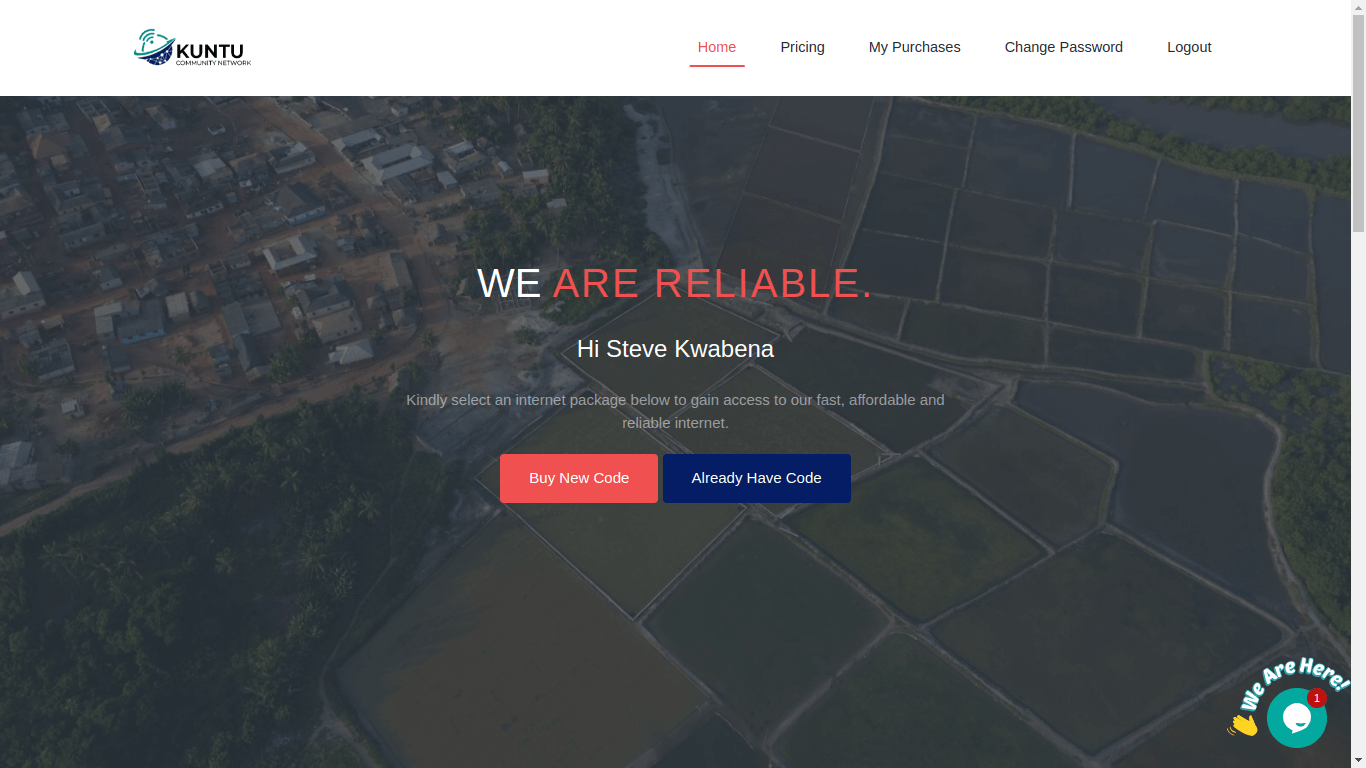
Wi-Fi User dashboard
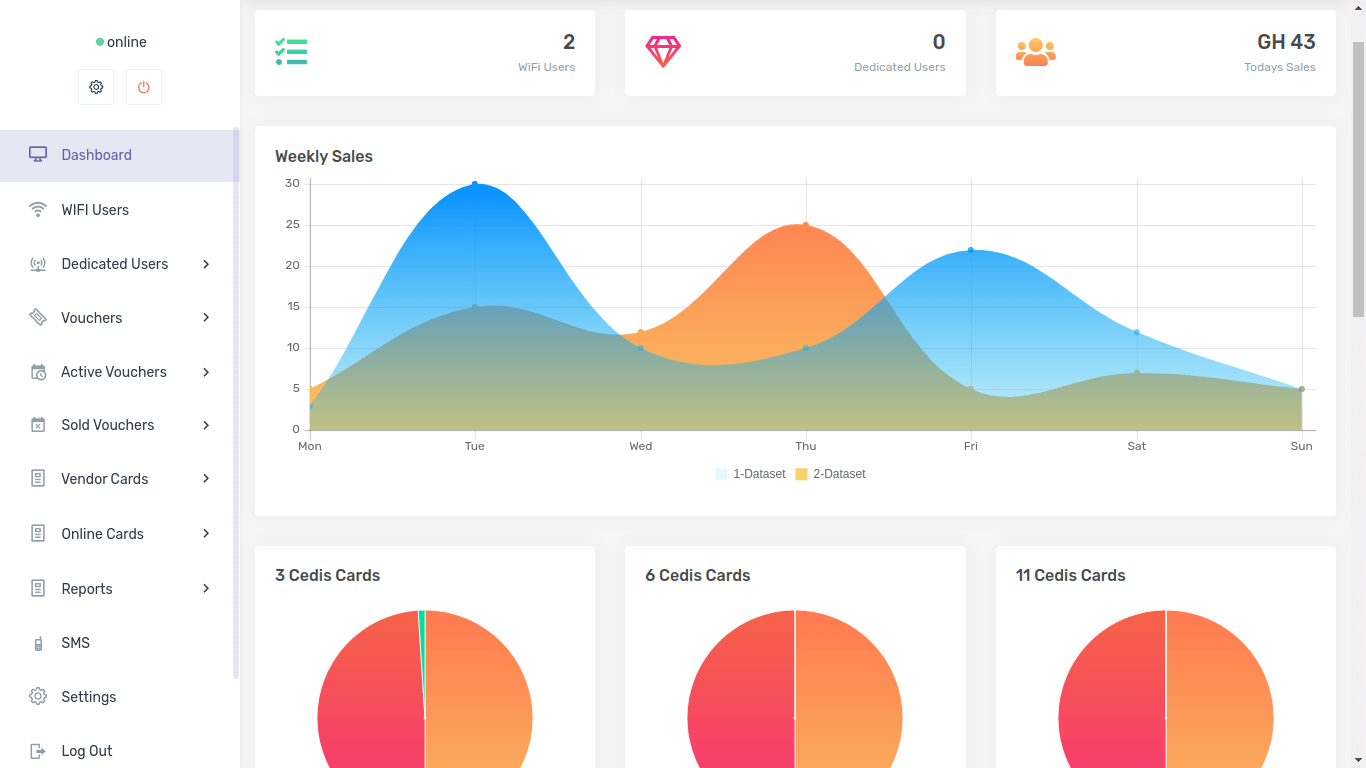
Admin main dashboard
School Learning Platform
This eLearning app was developed by Step Network (Peter Siaw Donkor and Paul Eshun). eLearning platform is an integrated set of interactive online services that provide teachers, learners, parents and others involved in education with information, tools and resources to support and enhance educational delivery and management.
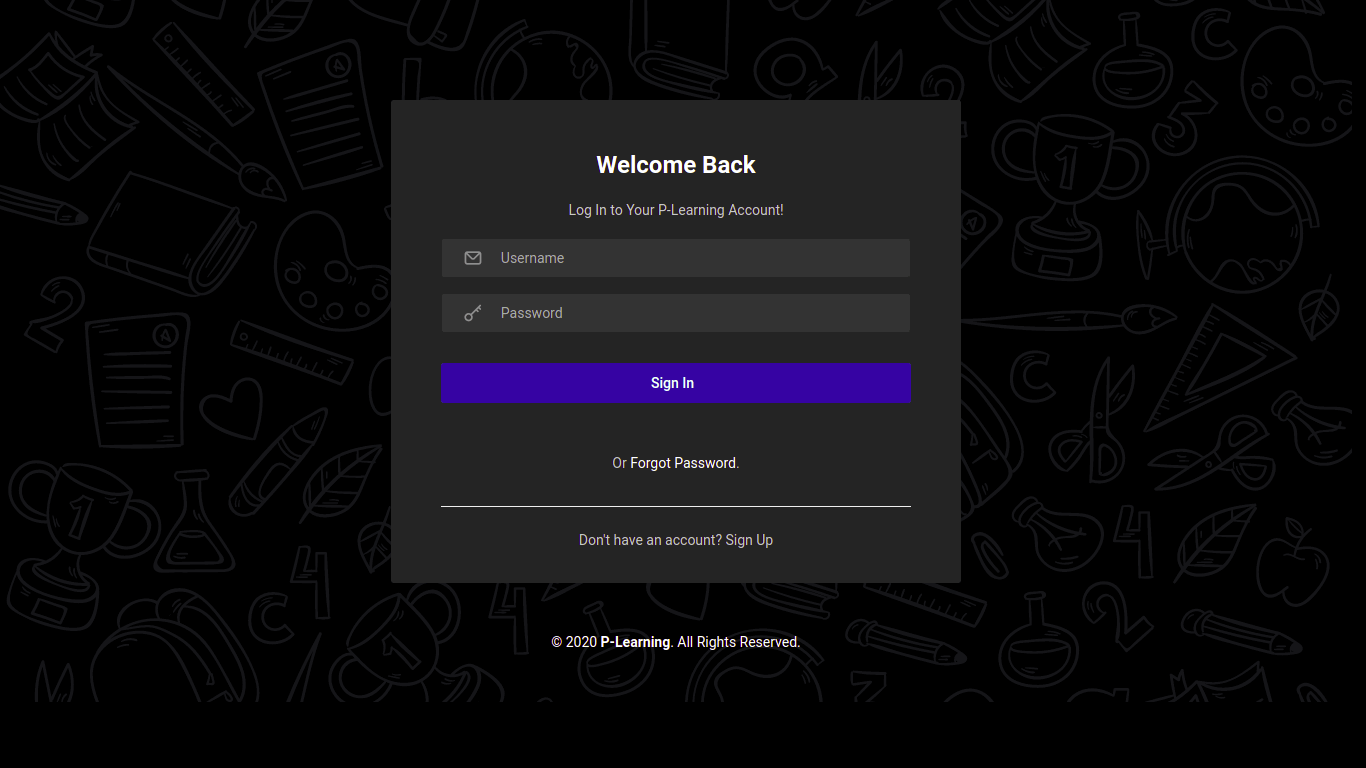
ELearning platform User login
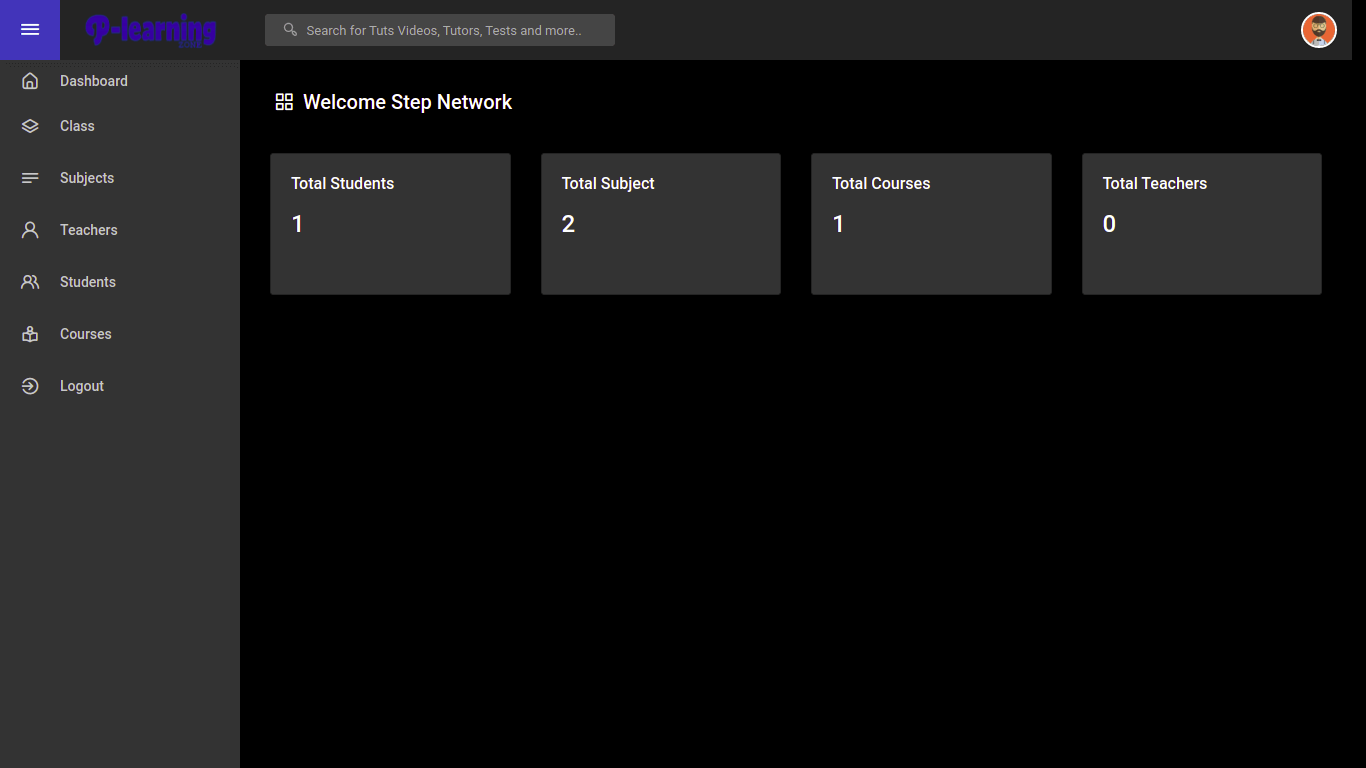
ELearning platform User dashboard
Cloud Storage
Our most modern cloud storage is called SDrive. This is the storage backup similar to Dropbox, Onedrive, Google Drive etc., using OwnCloud, common open source file sync and share software. It provides a safe, secure, and compliant file synchronization and sharing solution.
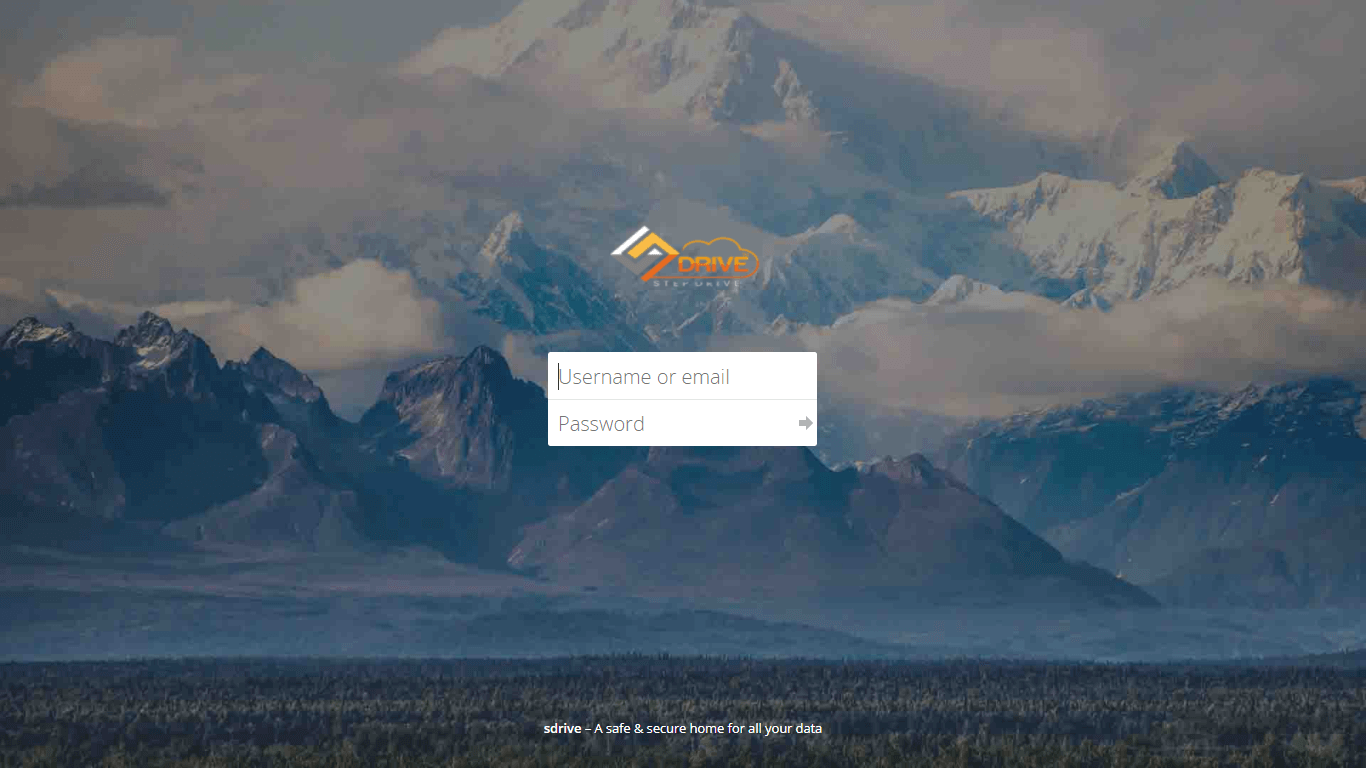
User Dashboard
This allows Members to back up their important files such as videos, music, pictures etc. and share them with others. They can access their information anytime, anywhere. Each Member has a quoted drive space on the server.
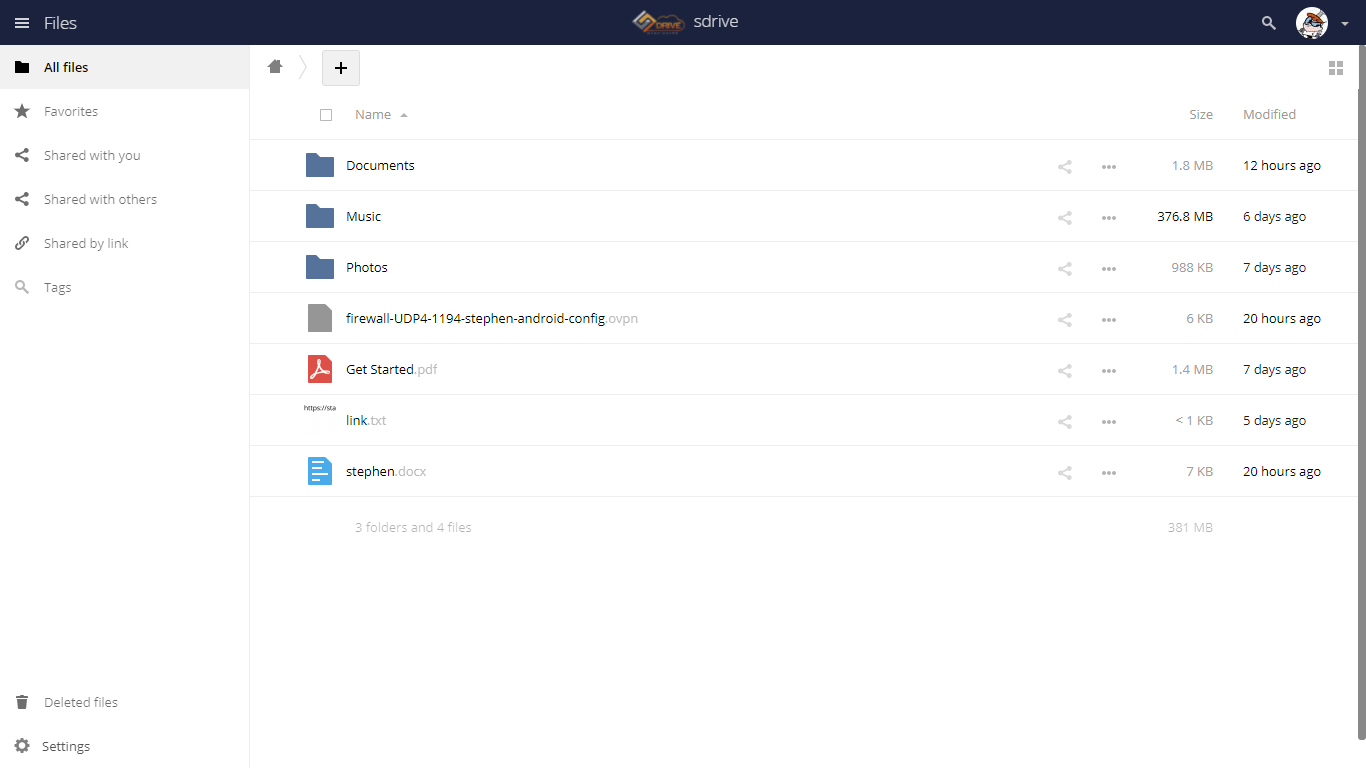
User Login Page
Monitoring systems
Furthermore, a robust monitoring system has been developed to check the network status and ensure that the infrastructure is resilient and reliable.
Nagios Monitoring App
Nagios is a monitoring system, a common open-source tool for checking that things are running. Nagios offers to monitor and alerting services for servers, switches, applications and services. It alerts network administrators when things go wrong and alert them a second time when the problem has been resolved.
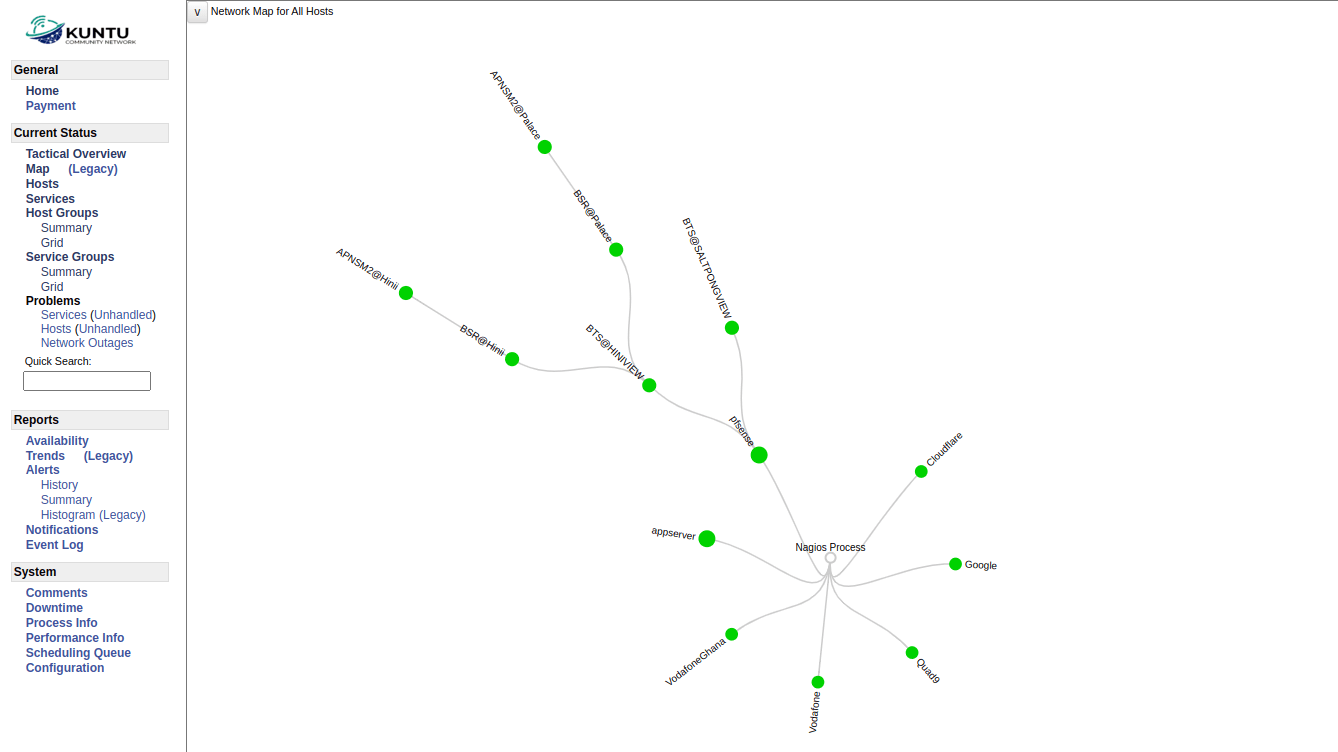
Nagios Map display
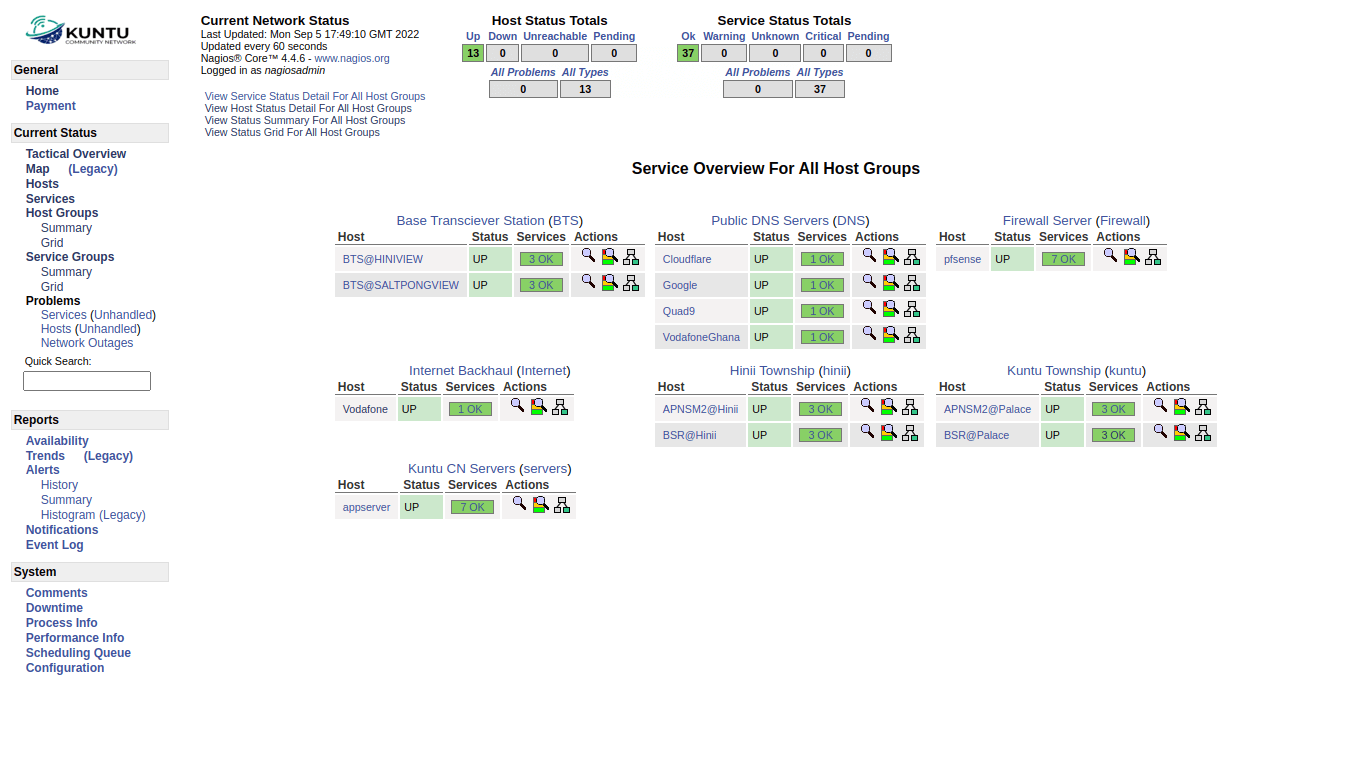
Nagios Host Group display
Zabbix Monitoring App
Zabbix is a graphing system, another open-source tool for graphing data over time. In this case, we graph various things for each host on the network to understand what is going on, and for troubleshooting purposes.
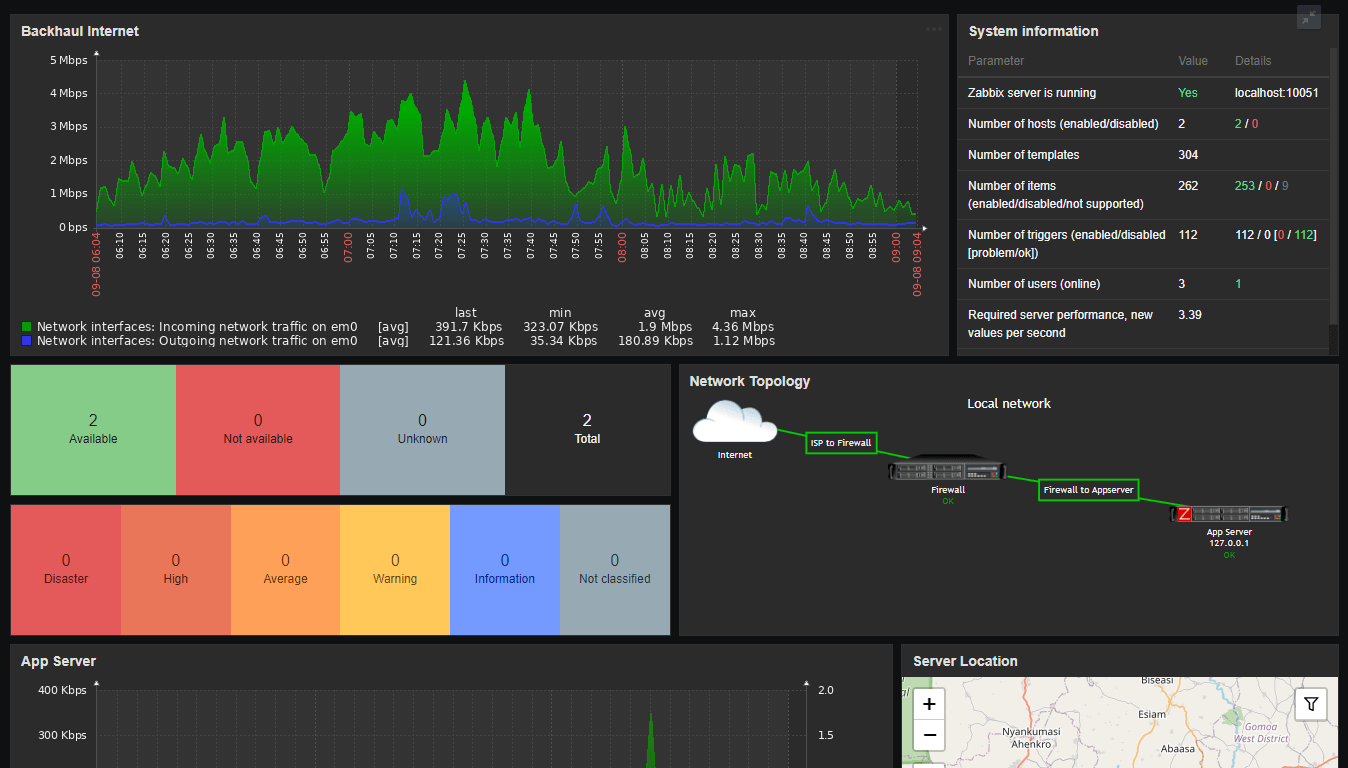
Zabbix monitoring dashboard
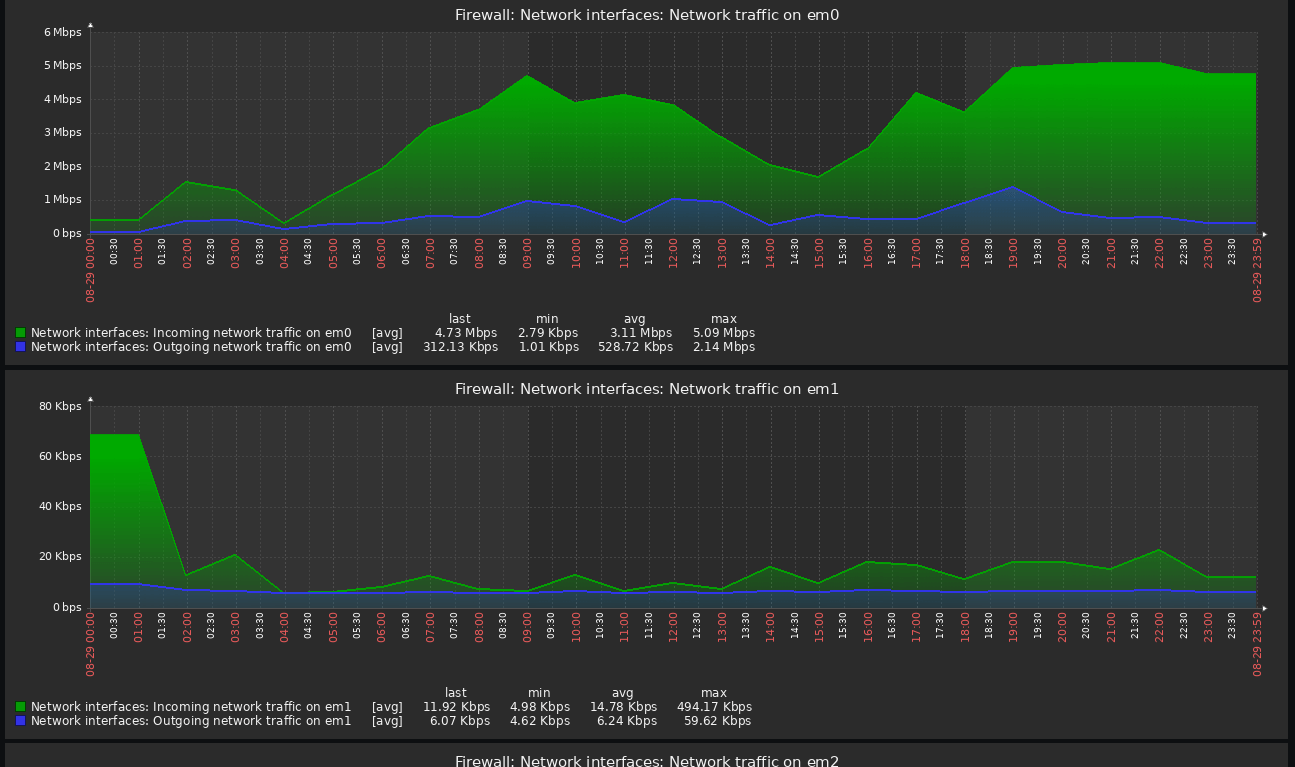
Zabbix monitoring traffic flow
The Project Target Groups
The target groups in this project are the members of the communities, departments and agencies, teachers, schools, nurses, researchers, farmers, and students.
It is expected that the project will increase the knowledge of the people in the communities since they have access to information online.
The Project Awareness
Also, project staff undertakes awareness creation exercises. This includes a visit to the Schools, Churches, and Mosques, other Departments and NGOs and printing of leaflets in the communities.
Challenges and Solutions
The project addresses challenges like power outages and funding limitations by exploring solar energy solutions and seeking partnerships.
Conclusion
By fusing innovation, technical skill, and community involvement, Kuntu Community Network serves as a ray of hope. Together, we can bring about a time when the digital era thrives in every location, no matter how remote.

